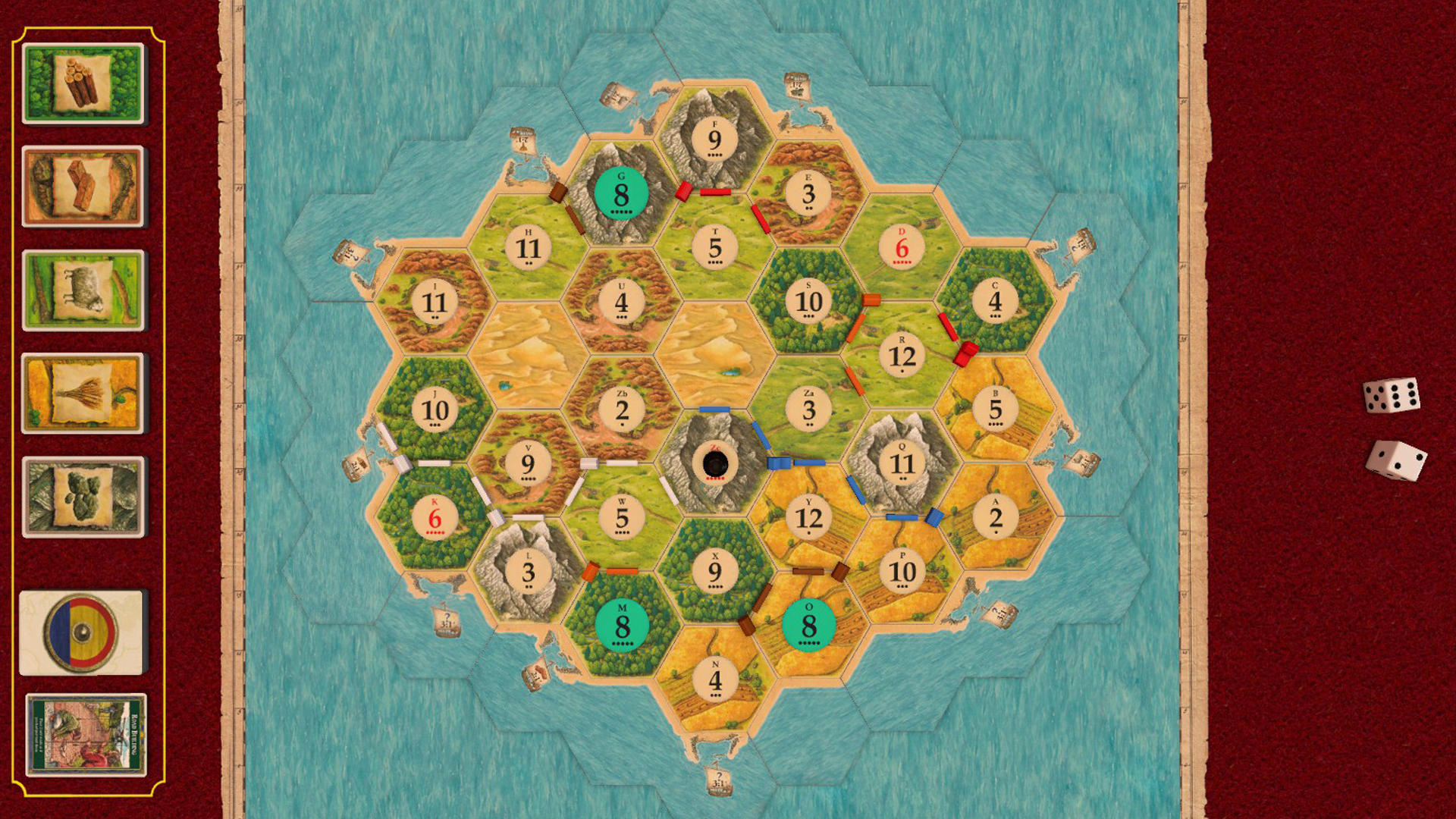
When the debt ultimately is financed externally (outside the group) and a direct relationship exists between the internal debt and the ultimate external financing, it can generally be substantiated that there are sound business reasons for the loan. As such, under the ‘double business motive test’, it must be substantiated that there are sound business reasons for both the loan and the transaction.

Interest that relates to the financing of such transactions is only deductible if the loan and the underlying transaction are based predominantly on sound business considerations (‘the double business motive test’) or if the interest received is effectively and sufficiently taxed by Dutch standards. an interest in the company of at least 1/3). Transactions that are in scope of these anti-abuse rules are an internal or external acquisition, a dividend payment (distribution of profit), or a capital contribution into an affiliated company (i.e. Deductibility limitations regarding interest and loansĭue to existing anti-abuse rules, the deduction for interest paid on intra-group debts relating to certain transactions is disallowed. Instead of accelerated depreciation, these taxpayers may choose immediate taxation ( see Tonnage tax regime in the Taxes on corporate income section). Investment costs minus residual value of sea-vessels that are operated mainly from the Netherlands may be depreciated straight-line over five years. The accelerated depreciation facility for investments in environment-improving assets is limited to 75% of the total (investment) costs.Īccelerated depreciation is also available for certain other designated assets (e.g. Accelerated depreciation applies to investments in assets that are in the interest of the protection of the environment in the Netherlands and that appear on the so-called VAMIL ( Vervroegde Afschrijving Milieu-investeringen) list. The law provides accelerated depreciation of several specific assets. inventory, equipment) is limited to 20% of the purchase price or production costs per annum. Furthermore, the tax depreciation of other fixed assets (i.e. With regard to goodwill, the amortisation for tax purposes is limited to 10% of the purchase price per annum. Limited amortisation of goodwill and depreciation of fixed assets The sale of depreciated assets triggers tax on the difference between the sale price and the depreciated book value unless a reinvestment reserve is set up ( see Capital gains in the Income determination section). Moreover, a property is not required to be revaluated as its value increases due to market developments. Note that maintenance costs continue to qualify for tax relief and any maintenance-related value increase does not lead to a compulsory upward revaluation of the property. In addition, anti-abuse measures apply to prevent the division of land and buildings into separate legal entities or to related individuals. It should still be possible to devalue immovable property at fair market value if this is demonstrably and lastingly lower than the book value.
#FOUR RULES OF THE ART OF DEDUCTION FREE#
As this value is based on the assumption that the property is free of lease, the value for tax purposes of commercial real estate may be lower than fair market value. This value is determined by the municipal tax authorities annually. In other words, a property will not be subject to depreciation unless the carrying amount of the building and the land on which it is located is higher than its value for tax purposes. Investment property cannot be depreciated to an amount lower than the official property’s fair market value for tax purposes, which is known as WOZ-waarde. A distinction is made between immovable property held for investment purposes and buildings used in a trade or business. There are special provisions for depreciation of immovable property. Limited depreciation of immovable property immovable property, goodwill, and other fixed assets or environmental investments). Dutch tax law includes specific rules ( see below) that potentially either limit or facilitate the depreciation of assets (e.g. Depreciation starts from the date the asset comes into use. Generally, depreciation may be computed by a straight-line or a reducing-balance method or, in accordance with any other sound business practice, based on historical cost.

Depreciation, amortisation, and depletion


 0 kommentar(er)
0 kommentar(er)
